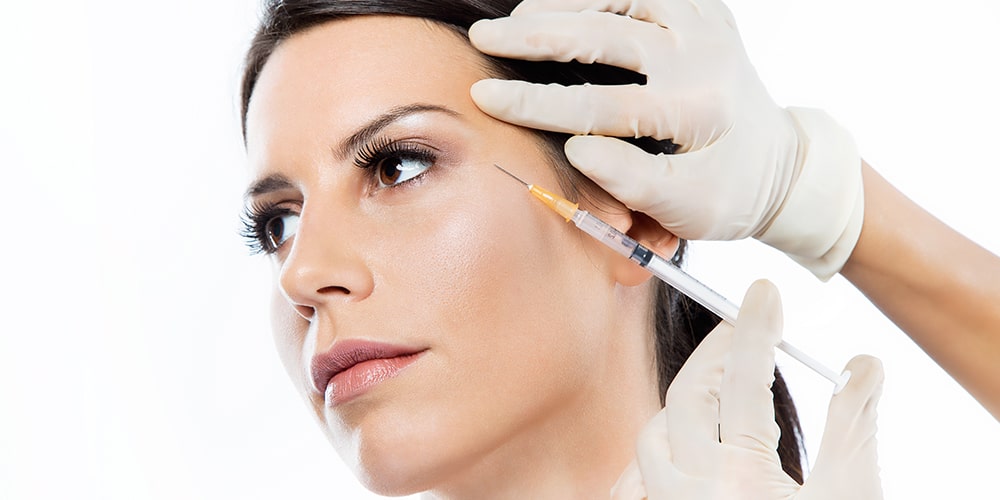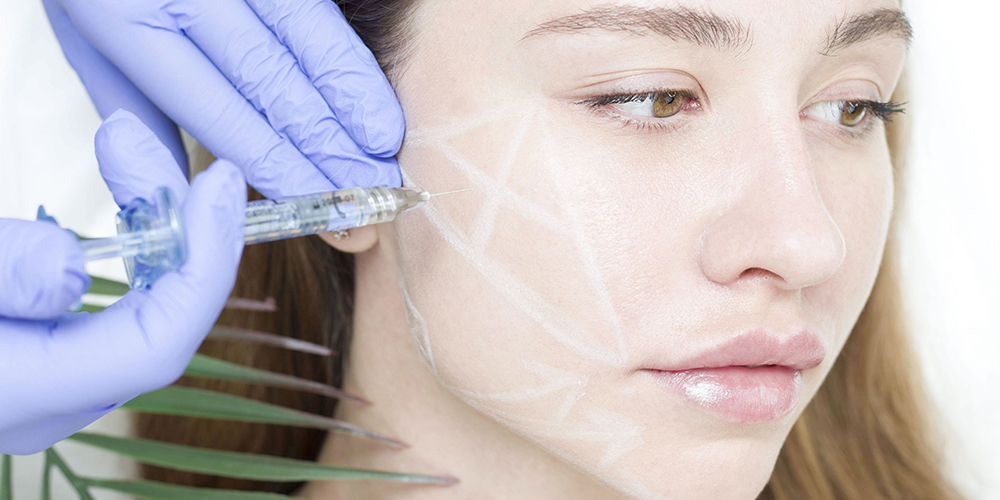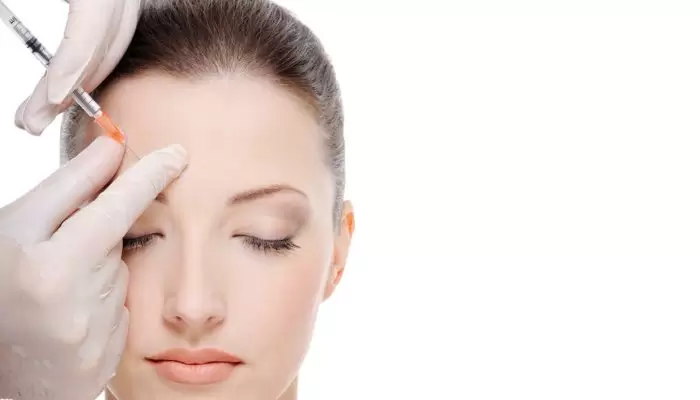Depending on aging, there are degenerations in the connective tissue and collagen structure of the skin. With the effect of excessive use of facial mimic muscles, the normal anatomical folds of the aged skin covering the facial muscles become prominent and this causes the formation of wrinkles. As you get older, wrinkles become more pronounced.
Wrinkles usually appear around the lips, between the eyebrows, around the eyes, and on the forehead. In addition to aging, harmful effects of sunlight, inadequate skin care, fatigue, alcohol and smoking are also effective in the formation of wrinkles and making them more evident.
Botox, which has therapeutic and protective properties, is a non-surgical medical aesthetic procedure that is often injected to facial mimic muscles in order to remove lines and wrinkles on the face.
What is Botox?
Botox is the name of the Botulinum toxin obtained from the bacteria Clostridium Botulinum. Botox treatment is a non-surgical medical aesthetic procedure or treatment performed by injection of Botulinum toxin.
The toxin prevents the release of substances that provide conduction in the nerve endings in the mimic muscles where it is injected, and thus causes the electrical transmission in the nerves to be temporarily stopped or slowed down.
Depending on the amount and density of the injected toxin, the cessation or slowing of the conduction in the nerves also causes the function of the mimic muscles to stop or decrease completely.
Depending on the partial or complete loss of the function of the mimic muscles, the formation of wrinkles on the skin and the deepening of dynamic lines are reduced or completely prevented.
All these effects provided by Botox toxin are only seen in the injection area and they are temporary effects. It is useful to keep in mind that wrinkles may reappear as the toxin loses its effect. Therefore, Botox applications should be renewed at certain intervals.
How Is Botox Performed?

Before starting Botox injection, Botulinum toxin, which is in powder form in vials, is diluted with sterile saline. After the application area is anesthetized by spreading local anaesthetic cream, Botulinum toxin is injected into the mimic muscles under the skin with the help of fine needle injectors.
What are Botox Application Areas?
Botox injections can often be performed on the forehead, eyebrows, nose tip and sides, neck, crow’s feet, around the lips, neck and décolleté. Apart from these application areas, Botox can also be applied in the treatment of some diseases or disorders such as excessive sweating, chronic migraine and Bruxism.
The areas where Botox injection will be performed and the dose to be injected are determined according to the needs of the person, skin characteristics and the degree of use of mimic muscles. More Botox injections than necessary can lead to an unnatural appearance.
How Long Does Botox Effect Last?
The effect of Botox application usually lasts for 4 to 6 months. This period may vary according to the dose of Botulinum toxin, the structural characteristics of the person and the frequency of use of mimics.
Botox injections will need to be renewed over time, as the effect of Botox may end after a certain period of time. Regular repetition of Botox injection not only prevents the contraction of the mimic muscles in the area, but also provides the training of the mimic muscles in the injection area, thus preventing excessive contractions.
The effects to be obtained with repeated Botox injections in this way will also become more permanent and it will be sufficient to repeat it at longer intervals over time.
Who Can or Cannot Be a Candidate for Botox?

Botox injection can be performed to people who meet the following conditions:
- Between 18 and 65 years old
- Those who do not have health problems that may hinder Botox injection
- For those who want to remove fine lines and wrinkles that have formed over time on their face
- For those who have realistic expectations about the results to be obtained from Botox injection.
Botox injection cannot be performed to people who have the following features or have conditions:
- Pregnant and breastfeeding women
- For those with systemic infections
- For those with bleeding disorders
- For those with neuromuscular disease
What are the Considerations after Botox?
The recovery process after Botox treatment or injections is fast, and the patient’s daily life is not hindered as long as the warnings and recommendations of the plastic surgeon are followed.
Things to consider after Botox injection are as follows:
- Head should not be tilted forward
- The application area should not be massaged.
- Do not lie face down
- Avoid being in extremely hot environments such as saunas and Turkish baths.
- Avoid contact of the injection site with water for the first 6 hours.
- Avoid excessive exercise for 24 hours
- Avoid drinking alcohol
- Avoid going out without applying sunscreen creams in the early period.
Although you follow all these rules, mild redness and oedema may be seen in the application area after Botox injection. However, such changes will disappear completely over time.

